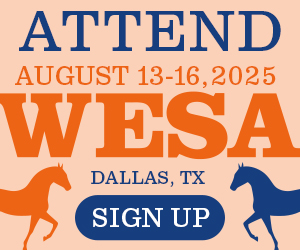By Nicole Leinbach
As a senior leader, it is important to identify the strengths and weaknesses of your store operations, inventory, and even employees.
Measuring employee behavior helps shape an ideal work culture for your unique store by formalizing the values you want them to demonstrate in daily interactions. Over time, this can illustrate both the positive and room-to-be-improved responsibilities they offer and collectively bring enhanced transparency to your store operations.
In order to measure employees, you need to begin with identifying observable and tangible behaviors that model the values you want them to execute. This should be portrayed from your leadership team — ultimately teaching by example. These values may include some of the following behaviors.
Listen to Your Team
Demonstrating strong listening skills shows you expect the same in return. When communicating with your team, be sure to make eye contact, acknowledge concerns, summarize conversations to ensure employees know you listened, and ask questions as needed.
This helps employees feel validated and heard — always an important value to team members — while also strengthening your understanding of these same conversations. Additional attributes to enhance listening include not interrupting others when they speak, avoiding facial expressions that portray judgment, and keeping additional tasks at bay instead of trying to multi-task to get things done. Stay focused so your team also learns to stay focused when having active conversations.
When you set the standards high for conversations, your employees will heighten their standards as well. An added benefit is this behavior is then mimicked through employee and customer conversations — a win that is certainly valued in any store. Lead by example.
The rest of this article can be seen only by paid members who are logged in.
Have a website login already? Log in and start reading now.
Never created a website login before? Find your Customer Number (it’s on your mailing label) and register here.










